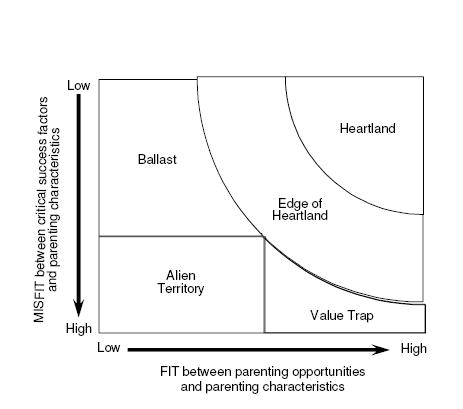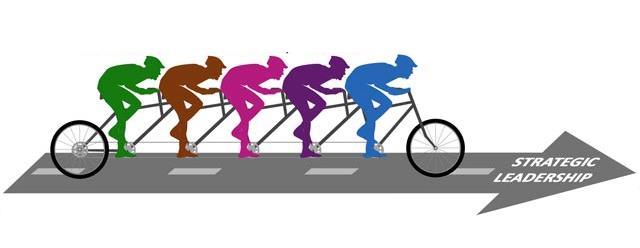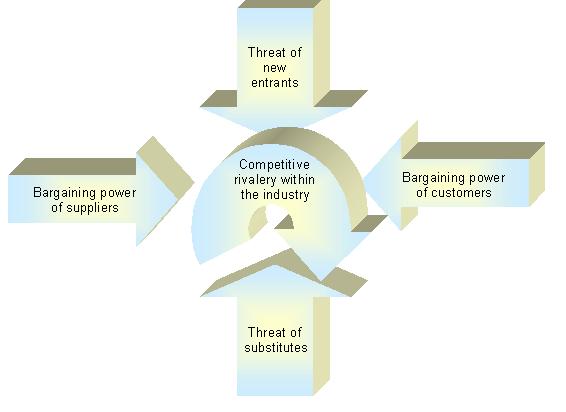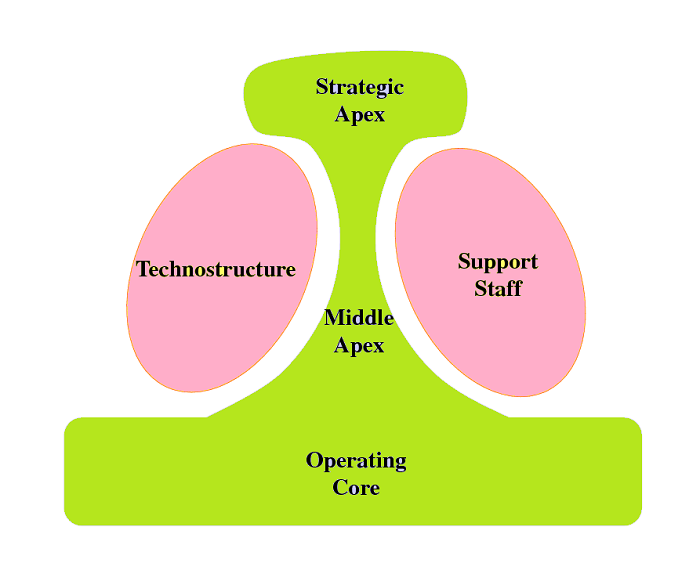Normally multibusiness companies comprise two elements: business units, which could theoretically be independent companies, relating directly to the capital markets; and one or more layers of other line and staff managers above or outside the businesses, which we refer to collectively as “the parent”. The businesses are directly involved in value creation: they produce goods and services and attempt to sell them for more than their cost. But the parent is involved much less directly. Its ability to create value depends largely on its influence on the businesses and the way it supports them.
The parent acts as an intermediary between the businesses and outside investors.… Read the rest




